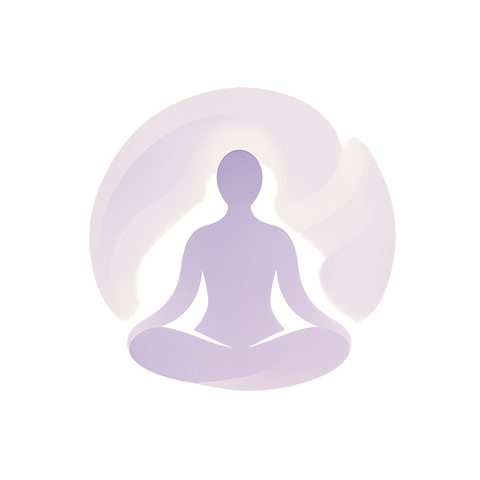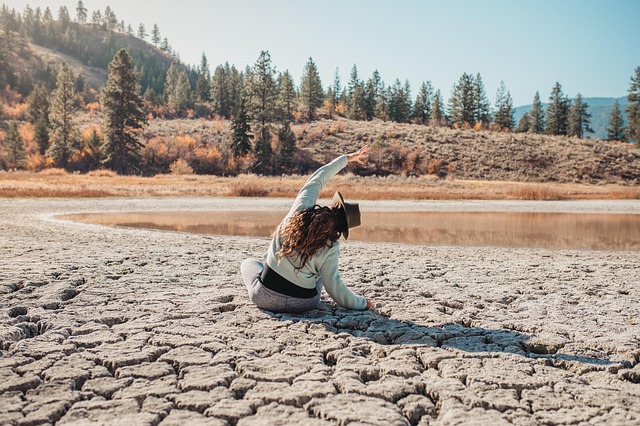The world spins on an axis of constant change, and inside that rotation, we find ourselves caught in what I like to call the emotional whirlpool. It is a metaphor for the turbulent currents that surface when we face loss, love, or even the quiet ache of unmet expectations. In the midst of that swirling tide, it can feel impossible to see a shore, yet it is precisely that sense of being carried by unseen forces that invites us to pause, breathe, and turn inward.
Recognizing the Emotional Whirlpool
When emotions surge, they often come in waves—rising, cresting, and then receding. These waves can be triggered by a phone call, a memory, or a silent thought. Acknowledging that we are in an emotional whirlpool is the first step toward finding calm. It is not about suppressing feelings but recognizing their presence, much like a sailor noting the wind direction before adjusting the sails.
- Notice the physical sensations that accompany emotion—tightness in the chest, a flutter in the gut, a sudden warmth.
- Identify the trigger that set the currents in motion—whether it is a particular event, a conversation, or a lingering fear.
- Accept the emotional surge without judgment, allowing it to flow past like water over a stone.
The Spiritual Anchor
Spirituality, for many, is more than organized religion; it is a personal connection to something larger than the self. In times of emotional whirlpool, turning to spiritual practices can provide an anchor. Meditation, prayer, or simply sitting in quiet contemplation allows the mind to observe the storm without becoming part of it.
“The stillness inside the storm is the place where you find the true self.” – Anonymous
By regularly cultivating a practice—be it breathing exercises, mindfulness walks, or journaling—you create a steadying rhythm that steadies the internal tides. When the emotional whirlpool threatens to overwhelm, that rhythm serves as a compass, reminding you of your deeper, unshakable core.
Self‑Education as a Lifeboat
In the quiet moments after a storm has passed, there is an opportunity for self‑education. Knowledge about emotional regulation, psychological resilience, and even skin science can transform how we navigate the whirlpool. Understanding that our thoughts are not facts but mental filters helps us disentangle self‑criticism from reality.
- Read books on emotional intelligence to learn how to label and accept feelings.
- Explore science-backed skin care practices to recognize how external routines reflect inner health.
- Attend workshops or webinars on mindfulness and body language to deepen self‑awareness.
Each learning experience is a lifeboat, offering new tools to stay afloat during turbulent times. The act of learning also reaffirms our agency, reminding us that we can influence our internal currents.
Beauty, Skin Care, and Inner Peace
Beauty rituals are more than vanity; they are acts of self‑care that honor the body as the vessel of the soul. When the emotional whirlpool roils, the skin often reflects our inner state—dryness, redness, or breakouts can signal stress. By adopting a gentle, intentional skin care routine, we create a bridge between the outer self and the inner world.
- Start with a cleanse that feels like a cleansing ritual—softly massaging and breathing in the aroma.
- Follow with hydrating serum that locks in moisture, a tangible reminder of nourishment.
- Finish with a light mask or facial oil, allowing a moment of stillness before you return to the day.
These steps become meditative practices, grounding the mind and reinforcing the idea that caring for our exterior nurtures our interior.
Mental Health: The Central Compass
At the core of navigating an emotional whirlpool is the state of our mental health. Regular check‑ins with ourselves—asking what we need, what is draining us, and what brings joy—serve as mental cartography. Therapy, support groups, or simply honest conversations with trusted friends can act as compass points, guiding us toward healthier currents.
When the whirlpool threatens to erode mental resilience, small practices can fortify our defenses:
- Daily gratitude journaling: listing three positive moments anchors the mind.
- Scheduled breaks: stepping away from screens or stressful tasks resets emotional batteries.
- Mindful breathing: a simple inhale–exhale rhythm can shift the nervous system from fight or flight to calm.
Integrating the Practices
Each of the practices—spirituality, self‑education, beauty rituals, and mental health maintenance—are not isolated islands but interconnected currents. When you honor one, the others tend to follow. A simple daily routine might look like this:
- Morning: 5‑minute meditation to set intentions.
- Mid‑morning: Quick reading on emotional regulation or skin science.
- Afternoon: A brief walk outside, allowing breath to mingle with nature.
- Evening: Skin care ritual that includes a moment of reflection or gratitude.
- Night: Journaling or a calming podcast that supports sleep.
Over time, these habits weave a tapestry of resilience that buffers against the pull of the emotional whirlpool. They become an inner ecosystem where each element supports the other.
Conclusion: A Journey, Not a Destination
The emotional whirlpool is not a foe to be vanquished but a natural part of life’s ebb and flow. By acknowledging its presence, we grant ourselves permission to feel, to learn, and to grow. Spirituality offers a horizon, self‑education supplies the tools, beauty rituals nurture the body, and mental health keeps the mind in check. Together, they form a compass that points us toward calm, even when the waters are rough.
Remember that calm is not a static state but a dynamic practice—one that requires patience, compassion, and a willingness to adjust the sails as the winds change. In that practice, we find a quiet center, a sanctuary from the whirlpool, where the soul can breathe, reflect, and ultimately, thrive.



